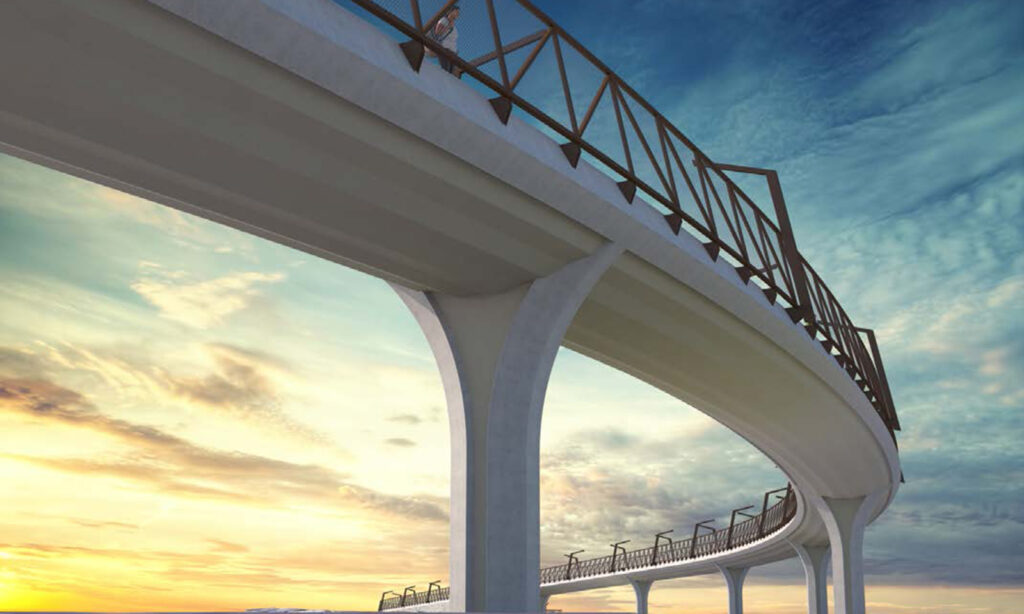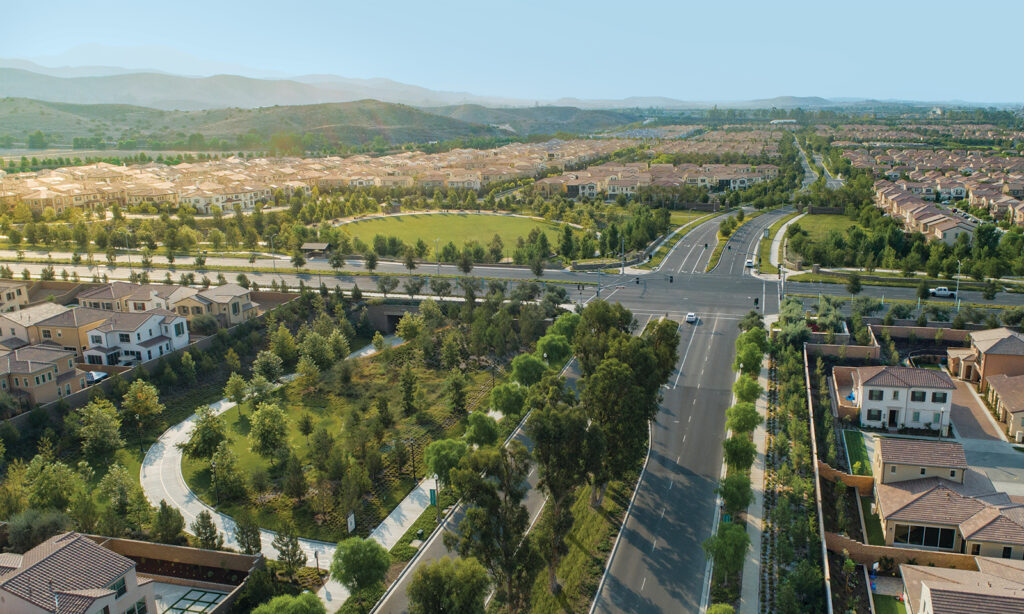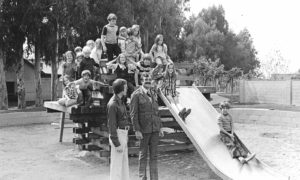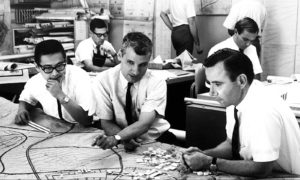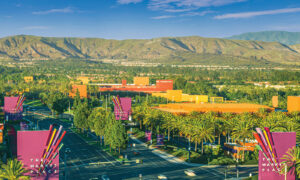Every great city is built upon a solid foundation, known as its infrastructure.
Across America, it’s often overlooked or crumbling. In Irvine, however, this infrastructure was master planned before the first home was built – anticipating future needs in a way that never before had been tried.
Because of this, residents enjoy many benefits:
A smarter street system: Irvine’s hierarchical road system moves traffic around neighborhoods instead of through them. This not only keeps neighborhood streets quiet, it deters crime by eliminating the random motorists found on grid-style street systems used in most cities.
Alternative transportation: More than 360 miles of bike pathways and trails, Amtrak and Metrolink service, and the iShuttle, a system that takes commuters from the station to the office, all combine to take cars off the road and relieve congestion.
Light synchronization: Traffic lights talk to each other in Irvine. Key intersections in Irvine are synced to avoid waiting when there’s no cross traffic.
Smooth roads: Irvine’s streets came out among the smoothest in the state in a California survey of 482 cities. This can be attributed to continual funding for road improvements across town.
Recycled water: Irvine’s recycled-water system was one of the first in the U.S., with more than 500 miles of purple pipes that deliver recycled water for landscaping – saving 8.5 billion gallons each year for drinking water.
Reliable water supply: Four reservoirs are pumped full of recycled water during the cooler, wetter months and then withdrawn in the summer when demand is high.
Fiber-optic cable: Early planning anticipated the future. That’s why Irvine, along with utility partners Cox, Southern California Edison and Google Fiber, has been able to install fiber-optic networks ahead of other cities.
Hybrid-electric buildings: Irvine has the world’s first fleet of hybrid-electric office buildings. These buildings use Tesla batteries that reduce enough power demand during peak hours to serve 10,000 homes.
Continual investment
Local investment in Irvine’s infrastructure continues at a robust pace today.
• University Drive recently was widened from Ridgeline Drive to I-405 – the latest of 72 key transportation projects totaling about $90 million.
• Electric vehicles are part of a new transit program connecting homes, jobs, schools and shopping. The initial route connects Yale Avenue and Barranca Parkway.
• A new pedestrian bridge over SR-133 extends Venta Spur Trail to 3 miles. Another being built over I-5 will extend Jeffrey Open Space Trail to 5 miles.
• Irvine recently synchronized 31 traffic lights on Culver and Bonita Canyon drives to total over 300 synchronized lights, covering 80% of the city.
• The Syphon Reservoir expansion to 1.6 billion gallons will improve water reliability among Irvine Ranch Water District’s 16 reservoirs.
